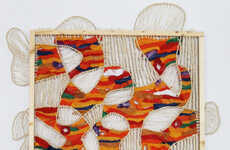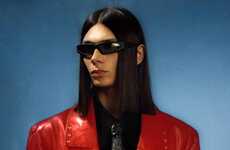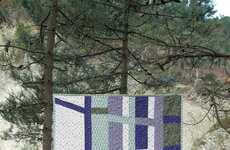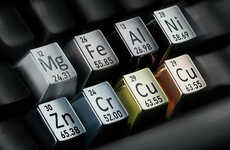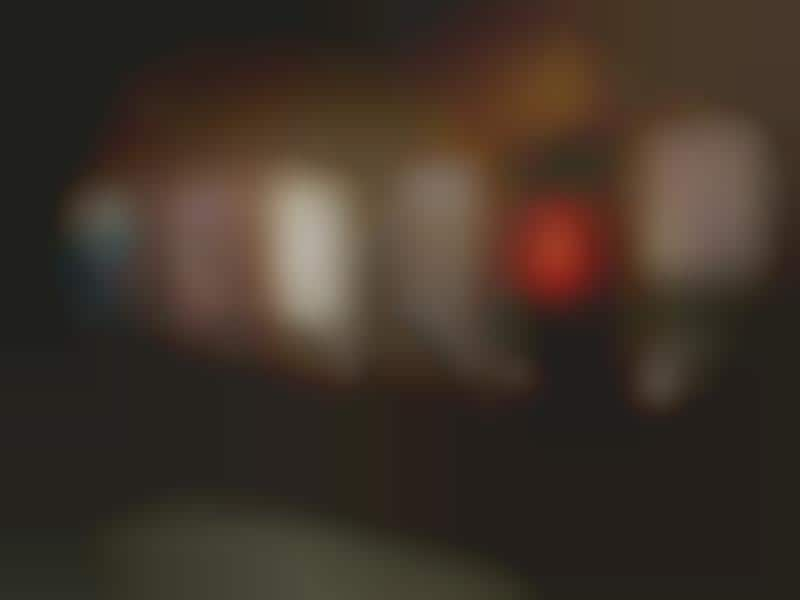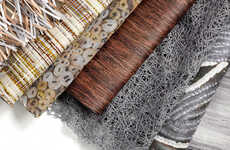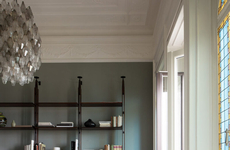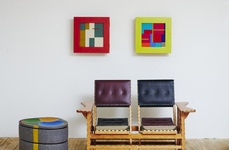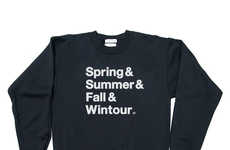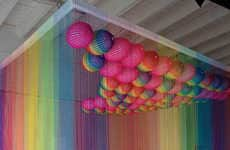
Each Piece in This Quilt Collection is Inspired by the Periodic Table
Christopher Magsambol — October 17, 2015 — Art & Design
References: cpnas.org & hyperallergic
This quilt collection differs from the traditionally woven fabric and is instead inspired by the periodic table. This traveling gallery features 40 different quilt designs by 40 different artists, all of whom have chosen a specific element on the periodic table as the basis for their design.
Artist and curator for the collection Jill Rumoshosky Werner notes that quilts are undergoing a change, straying away from traditional concepts of wall hanging decorations to something more broad and accepting of ideas. In this vein, each quilt is made from a variety of materials beyond conventional fabrics. In using these natural elements as inspiration, each artist approached the project differently. Some were inspired by just the names, others researched its unique characteristics and purposes.
Artist and curator for the collection Jill Rumoshosky Werner notes that quilts are undergoing a change, straying away from traditional concepts of wall hanging decorations to something more broad and accepting of ideas. In this vein, each quilt is made from a variety of materials beyond conventional fabrics. In using these natural elements as inspiration, each artist approached the project differently. Some were inspired by just the names, others researched its unique characteristics and purposes.
Trend Themes
1. Periodic Table Inspired Art - A rise in the making of art inspired by science and the use of scientific data visualization in design.
2. Innovative Textile Materials - An advancement in textiles by incorporating unconventional materials as part of the creative process.
3. Blended Art Forms - Collaborations between artists, designers and scientists resulting in a melting pot of artistic and scientific techniques.
Industry Implications
1. Arts and Crafts - The introduction of scientific designs in quilting, sewing and embroidery creating opportunities in the market of artisanal crafts.
2. Textile and Fabric Manufacturing - Incorporating natural materials to create unique textile designs and expand to a broader customer base.
3. Science and Design Education - Developing a curriculum that merges the study of science and art to inspire future professionals in interdisciplinary fields.
2.8
Score
Popularity
Activity
Freshness


